If you look back 10 years to the first and original Amazon Prime Day sales event, you can squint and see the outlines of today’s annual discount shopping extravaganza.
But some of the details, and a lot of the external environment, have dramatically changed since.
The 2025 Prime Day version is a four-day long event that kicks off on Tuesday July 8, up from two days in 2024, and—as the name would still suggest—a single day affair during the inaugural 2015 event.
Like many businesses these days, independent Amazon sellers, who account for around 60% of Amazon sales, are contending with the dilemma of how to handle the ongoing U.S.-induced tariff chaos, and how it should or shouldn’t impact their Prime Day strategies.
In conversations with Fortune, sellers have relayed two main strategies. Some will discount as normal to drive top line sales that can increase cash flow and boost Amazon rankings. Others plan to play it safe amid tariff and profit-margin pressure but know they risk losing out on increased sales volume and getting a leg up on competitors.
Some sellers who stocked up on inventory early this year ahead of expected tariff increases are slashing prices as usual in hopes of reaping the Prime Day sales boost, while others would rather hold their low-tariff inventory and sell it at full price to bank more of a profit cushion in advance of what could be worsening tariff costs.
For Amazon customers, there’s a new calculus as well. Some will ponder whether now is the right time to cash in on deals—perhaps doing some early back-to-school shopping—before future tariff pressure potentially leads to inflated prices. President Trump has said that most “reciprocal” tariffs will now go into effect in August instead of this month. It’s the latest curveball for U.S. businesses waiting, and hoping, for some level of stability and predictability.
Other Prime customers may wait to search for deals or sit out the shopping event altogether. The company that manages Amazon sales for brands like Crocs and Apple-owned Beats, for example, said that Prime Day sales were down 14% year-over-year in the first four hours versus the same period last year, according to Bloomberg. Of course, it’s possible that consumer demand will simply be more spread out across the four days of Prime time versus last year’s two-day event.
Then there’s the AI equation. On Amazon’s own site and app, consumers can use Amazon’s Rufus shopping assistant to compare deal prices to the product’s price over the last 30 or 90 days. But Amazon doesn’t appear to be pushing the assistant in a materially more aggressive way than normal. That said, more people are researching deals via generative AI chatbots and assistants like ChatGPT and Perplexity. Adobe has said that it expects web traffic from generative AI sources to increase by more than 3,000% year-over-year this Prime Day.
Overall, Adobe is still predicting that online sales on Amazon and beyond—many top retailers run discount promotions online the same week as Prime Day—will increase more than 28% over last year during the same July 8 – July 11 timeframe. That’s a notable sales bump for a US e-commerce industry that has typically been growing less than 10%.
But with so much uncertainty hanging over consumer brands and over consumer spending right now, Prime Day 2025 feels like the most unpredictable Prime Day ever.
This story was originally featured on Fortune.com

 4 hours ago
1
4 hours ago
1


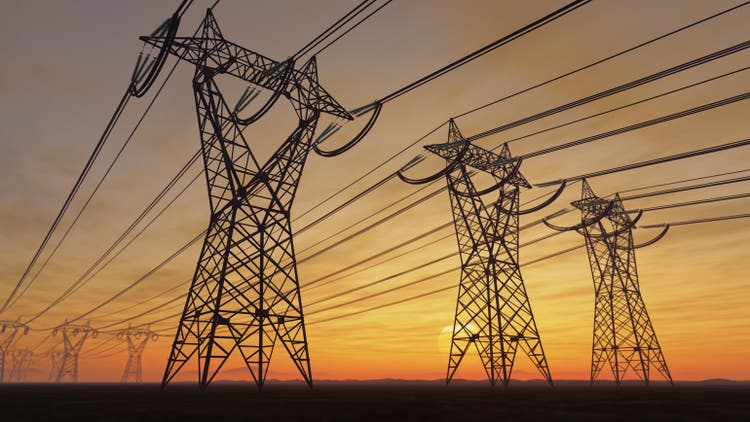


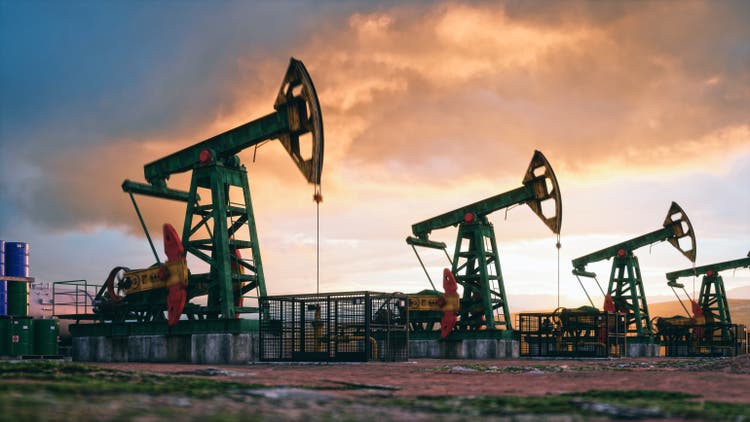

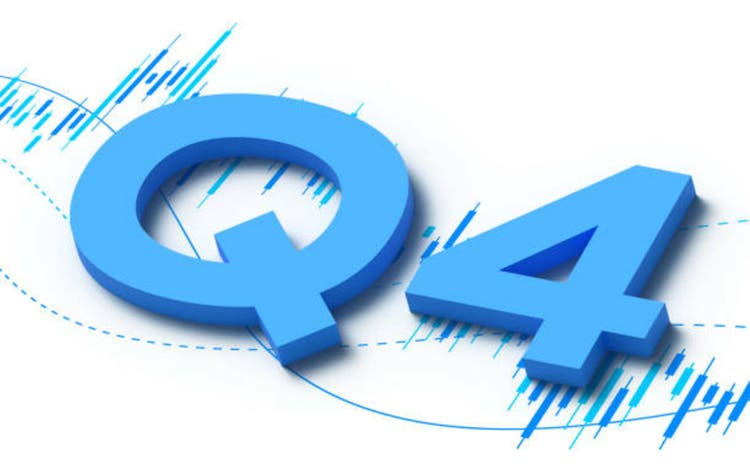
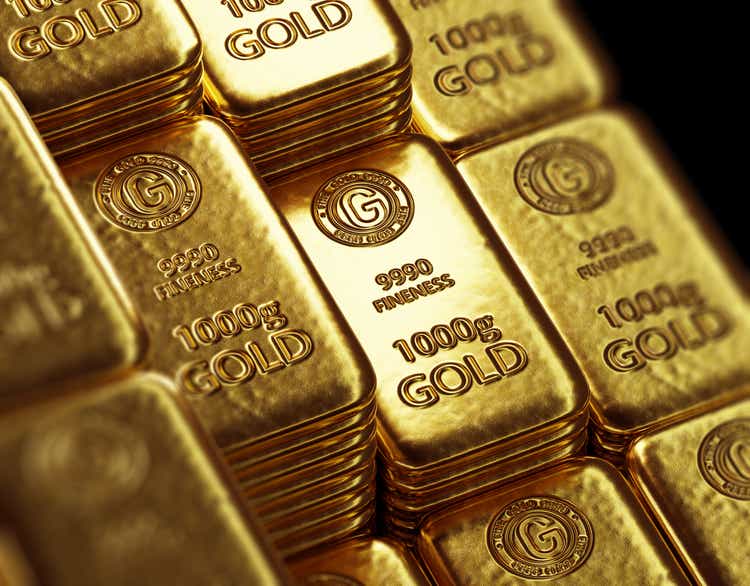
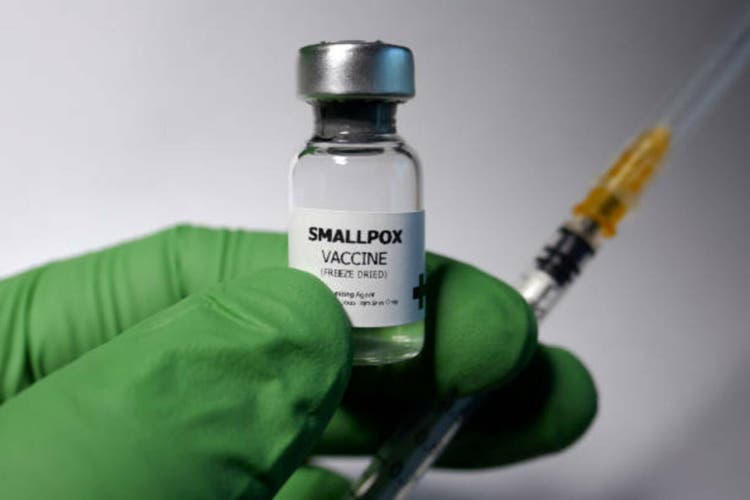

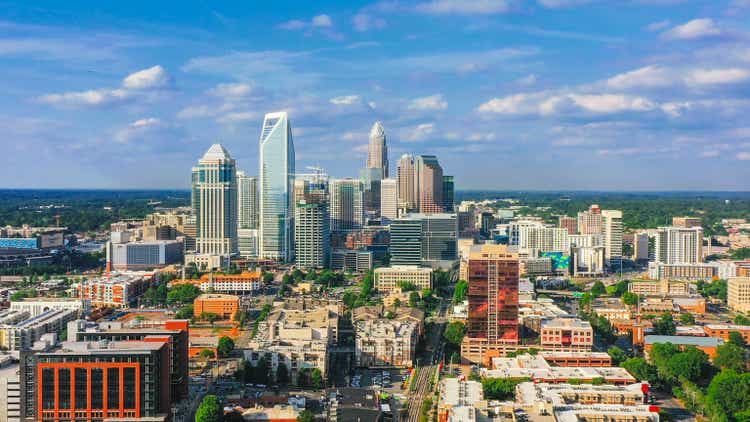
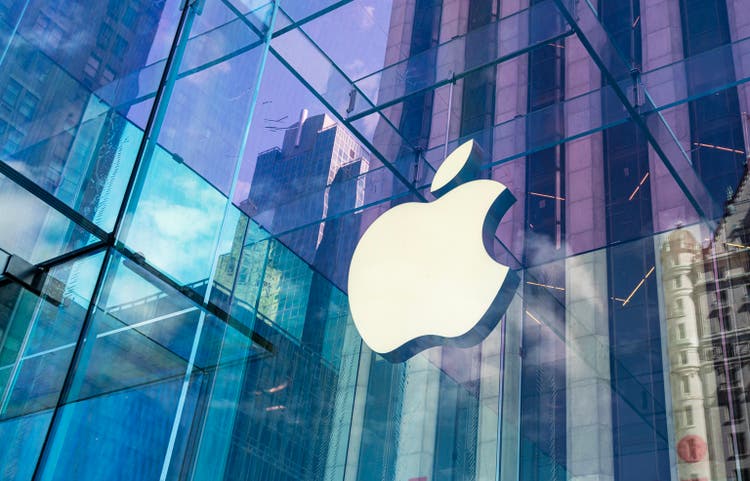
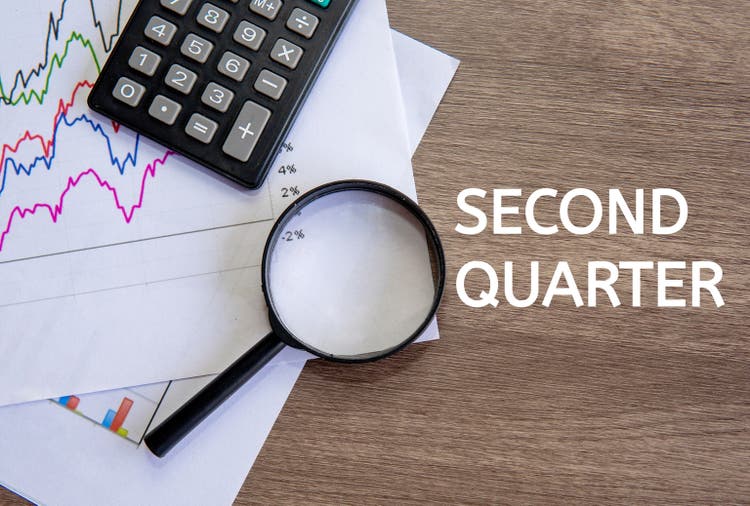


 English (US) ·
English (US) ·